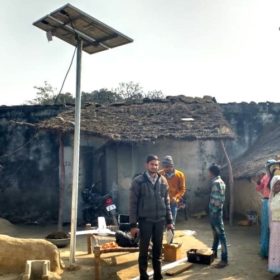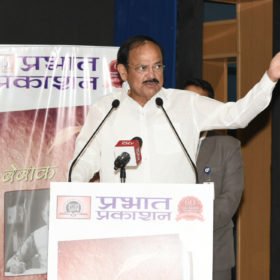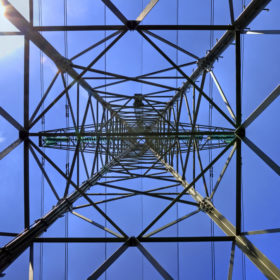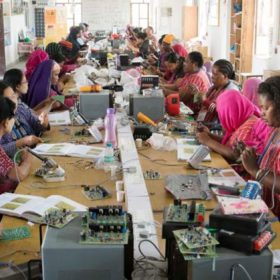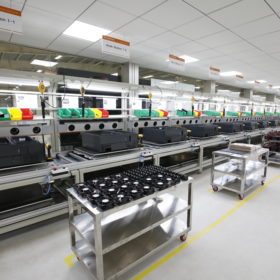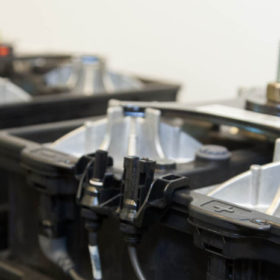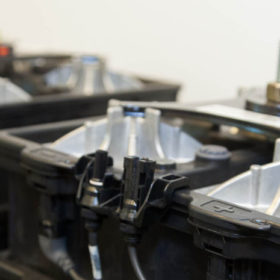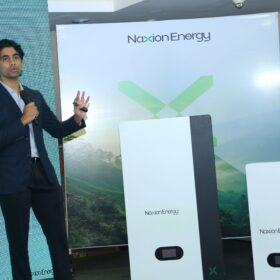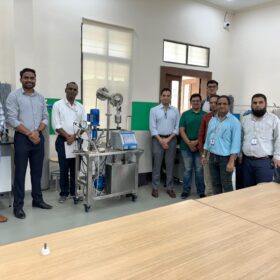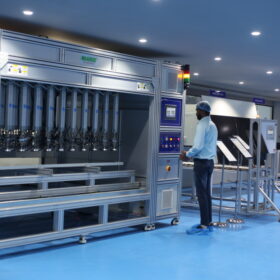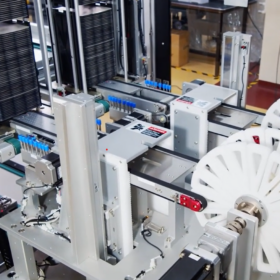Off-grid villages in Uttar Pradesh go 100% solar
Lack of road access meant PV panels had to be brought in by boat to be installed on the roof of every home under the government’s Saubhagya rural electrification scheme.
Asian countries must promote clean technology – vice president Naidu
Asia is home to more than 60% of the world’s population, about half of whom live in cities and towns. With climate change being largely driven by urban centers, Vice President Naidu called upon governments across the continent to build climate resilient communities.
India’s solar sector will outperform globally despite near-term challenges, says Fitch Solutions
With Narendra Modi being tipped to triumph again in the current Indian elections, Indian solar capacity is expected to grow robustly, at 15.3% per year, on the back of continued strong government support.
India urgently requires policy on PV waste management: Bridge to India
The nation is trailing behind peers such as the EU when it comes to policy guidelines for materials and recycling and the lack of a viable business case for reusing materials doesn’t help matters.
China sheds light on transition to subsidy-free solar
An emphasis on grid-parity PV has been hammered out in the latest policy document to emerge after several weeks of haggling in Beijing. Chinese analyst AECEA says the success of the subsidy-free effort will hinge on the ability of power companies to transmit and guarantee consumption of the power generated by new projects.
India and Madagascar’s Barefoot solar connection
An Indian non-profit and a global conservation charity have joined forces to bring solar lighting and heating to off-grid rural areas in Africa – and they are doing it with an army of middle-aged women: the ‘Solar Mamas’.
MNRE issues guidelines for approval of solar inverters
India’s Ministry of New & Renewable Energy (MNRE) has issued guidelines for solar PV inverter manufacturers to get their products tested and approved by Bureau of India Standards (BIS) certified labs. These guidelines apply to off-grid, grid-tie and hybrid inverters of capacities up to 150 KW.
Storage set to come of age in the next five years
The transition for utility scale storage from offering short duration, high value grid services to the world of long duration energy peaking could spell the end of fossil fuel backup generation within five years.
MNRE issues guidelines for solar storage batteries to meet quality standards
Rules on the composition of product containers, production line sample sizes for testing and technical information will come into force for manufacturers and distributors operating across the nation.
DGTR investigates claim of dumped coated steel products from China, Korea and Vietnam
In the latest tariff spat to afflict the solar world, the Directorate General of Trade Remedies will investigate a claim steel products coated with aluminum and zinc are being dumped by Far Eastern manufacturers.
